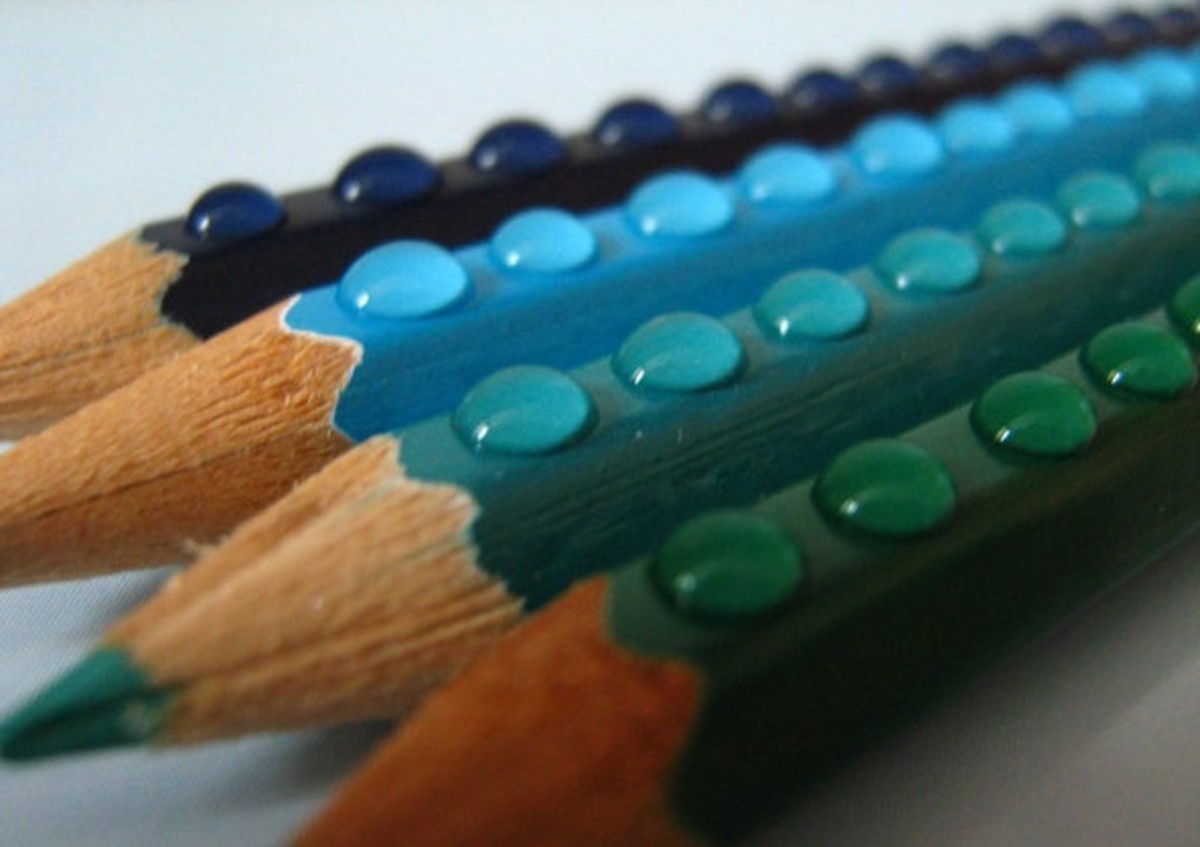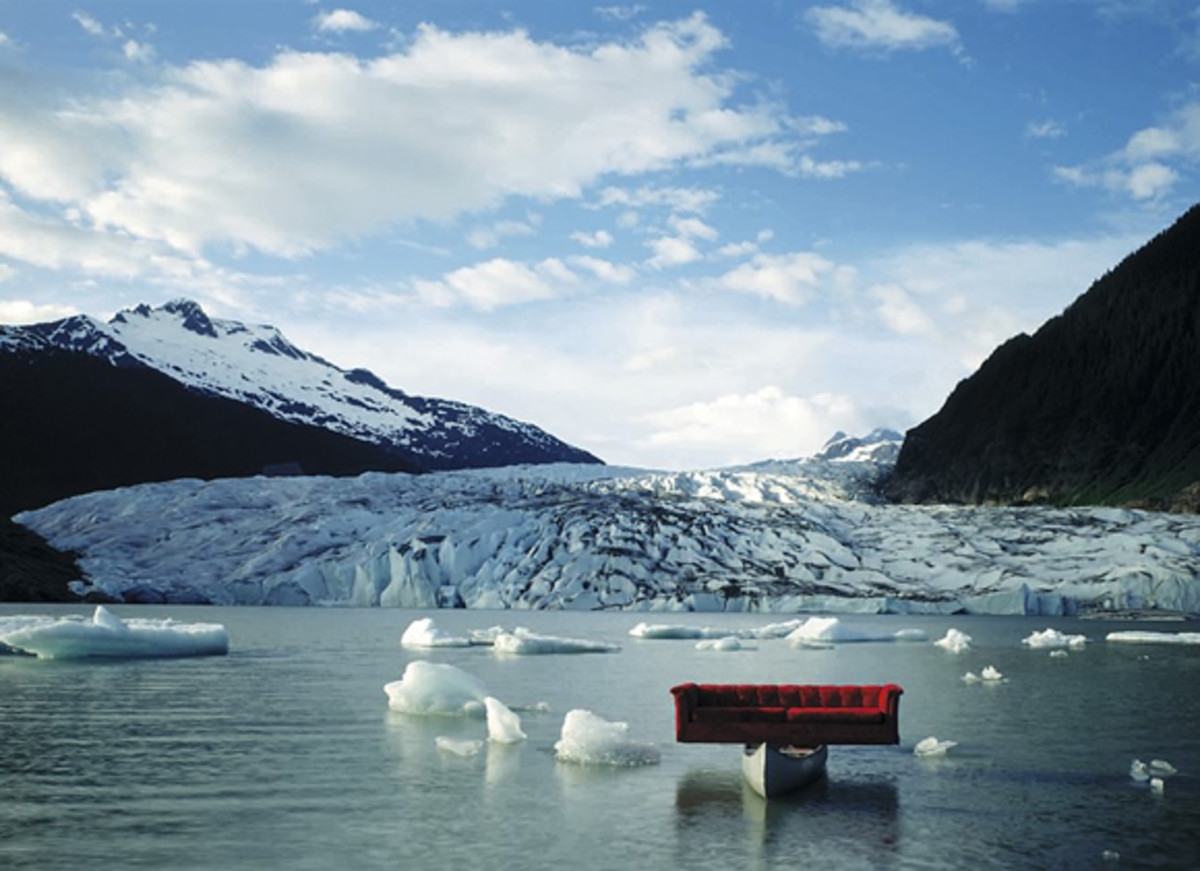Hard Light and Soft Light Photography
Soft natural light

"Hard light creates shadows with a sharp edge. There is a negligible transition from light to dark. Hard light is created by strongly focussed light travelling from a small (or relatively small), single-point light source like the Sun, a focussed beam of light, or an undiffused light bulb).
Hard light is found where the lighting is direct, undiffused, and is not bouncing or scattered by local objects or conditions. The flash on your camera is a hard light source. " http://www.photokonnexion.com
"Soft light is beautiful. It is a gift from nature that helps you create interesting images using high quality light. You’ll find soft light in the shade on a sunny day, during twilight after the sun has set, or all around you on a cloudy day." http://digital-photography-school.com/
You have basically three choices when doing studio shots.
You can use what's called a hard light where the light is strong and creates a strong lighting surface and the lines where the subject starts and ends are almost invisible. This has its place in photography but it is seldom used by most professionals.
Then you have soft light where the light is softened (diffused) by some sort of material like a white cloth in front of the light source or by bouncing it from a wall or ceiling.
When you use a reflective photo umbrella or a soft box you are using soft light. When shooting outdoors during a cloudy overcast sky you are also using a soft light.
You can also us a combination of hard light for portions of the scene and a softer light for others.
Everything depends on what you want to accomplish as well as in many cases the surface of the subject.
Reflective surfaces like glass, plastic or most metal surfaces do not show that well when using a hard light. Other surfaces that tend to absorb light show better with a soft set up.
Studio use of hard light or combination of soft and hard light

To do a hard light set up you need to place one main light to one side of the subject, one reflector in front of the subject and another to one side. The main light is rather small but strong and focused directly on the subject.
This will illuminate the entire subject and will leave very little room for shadows as well as blending contrasting features. This is mostly what you see when you look at images featuring products. With hard light you get a high contrasting view.
Here it is a necessity because you want to show all details clearly on a product for the consumer to appreciate any flaws and details in workmanship.
You also use a black or dark backdrop to eliminate any distractions.
In an outdoor setting you will tend to see this light when taking pictures during the hottest and brightest part of the day like during the noon hour.
Hard light VS Soft light
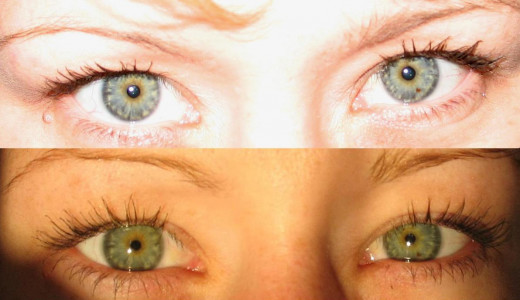
With a soft light set up the light is diffused by either a reflected bounce or a specialized soft box. This light is usually larger and placed loser to the subject because by being diffused it is as strong a a hard light set up.
Again you also place one reflector in front and one to the side but unlike a hard set up the reflectors are usually white while for a hard set up the reflectors are usually black to very dark.
WIth a hard set up another light is aimed directly at the backdrop to eliminate all shadows that might be created by the other lights while for a soft set up the backdrop does not typically use a light source.
Top:soft light (soft box) Bottom:hard light (flash)
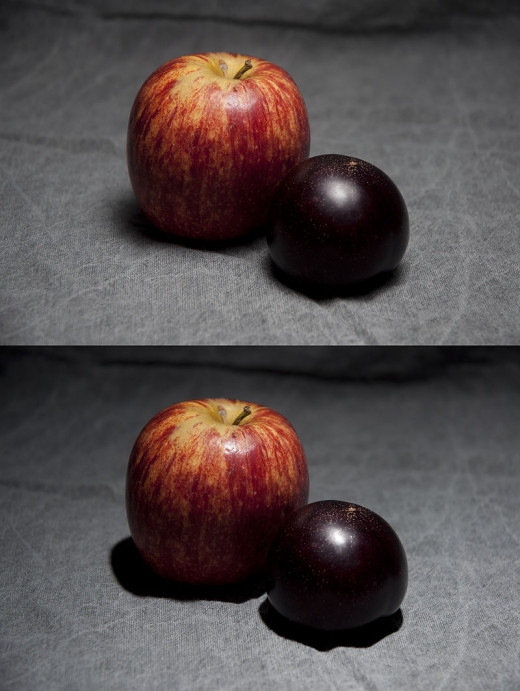
Though this was interesting enough to try?
I you use only your flash unit to take studio shots then you will always use a hard light unless you place a diffusing material on the flash head.
An electronic flash is a point light source and because they are designed to fully illuminate and produce as much light as possible for a concentrated point in a scene its bulb produces hard light and hard shadows.
However if your flash unit allows you to bend it or swivel up and down then you can aim it at the ceiling for example and thus you recreate the soft light usually found during an overcast day. The light is more flattering and it tends not to produce unflattering shadows.
Typical soft boxes: Commercial and DIY using a plastic ice cream container placed on a flash head.
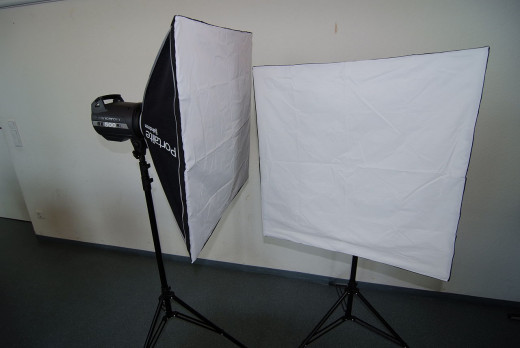
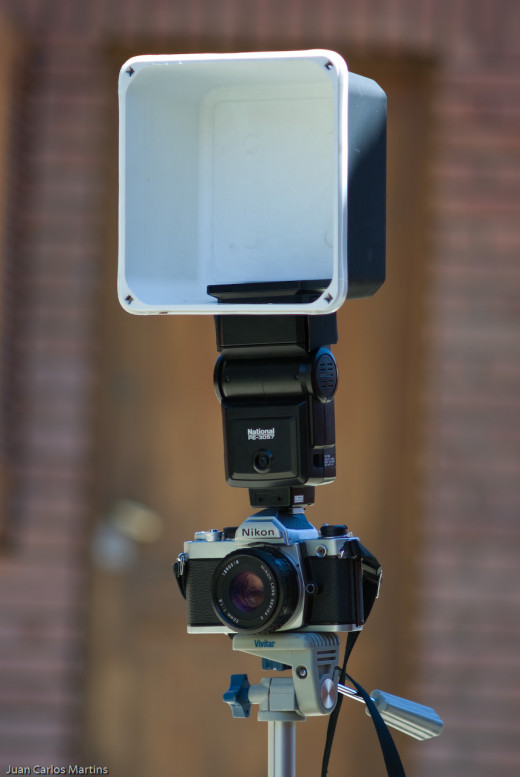
Regardless of what you are planning to do it is wise to try one hard shot along with one soft shot for all your studio shooting.
You may discover that some scenes show better in hard light or you may even notice that soft light works better for you.
The key is to try different set ups and judge what you like best as well as what setup produces results that are best suited for your photographic needs.
Keep in mind that hard light is often devoid of all "mood" while soft light can often be used to give the shot an "atmosphere" and a general "mood" or feeling.
Soft studio shot and hard outdoor shot

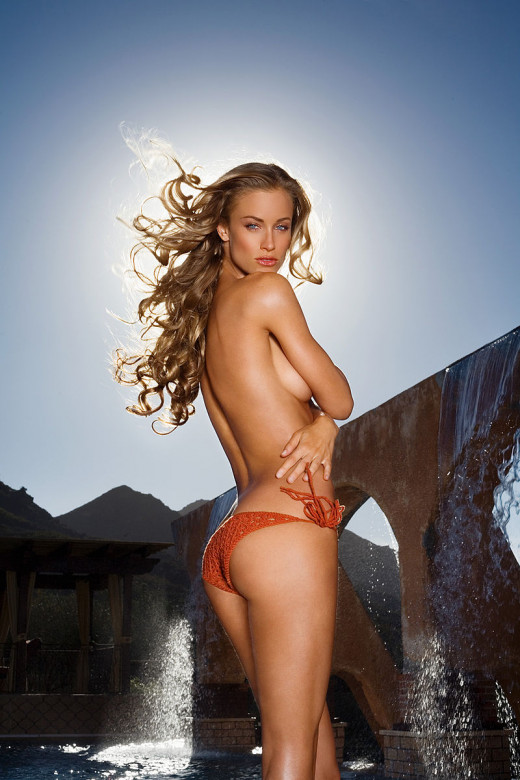
- The difference between soft light and hard light
I can’t remember what the language of love is but the language of photography is light. When the light is right everything you say with your camera is filtered through some kind of photographic French accent. The words—or,…
© 2015 Luis E Gonzalez




